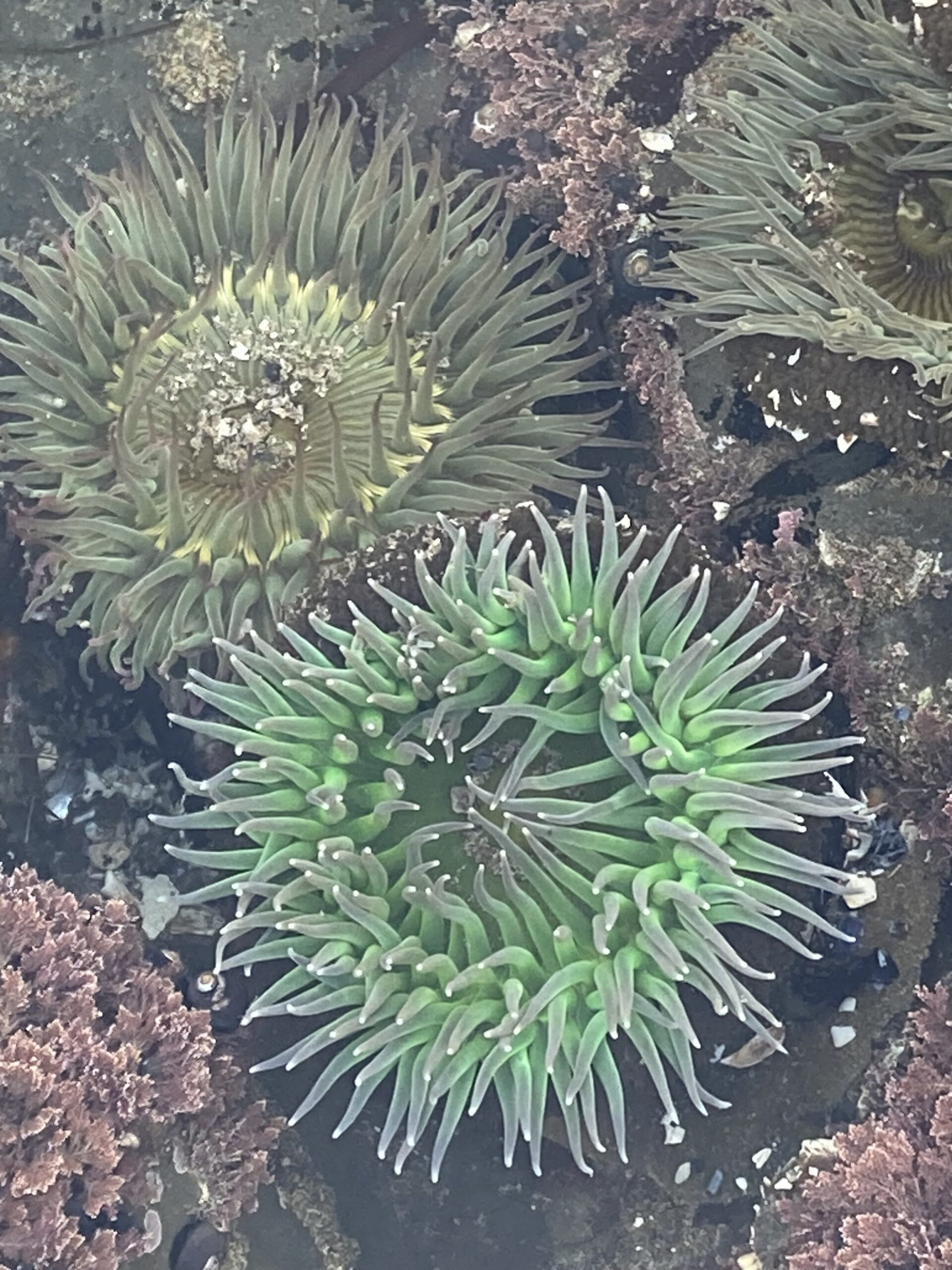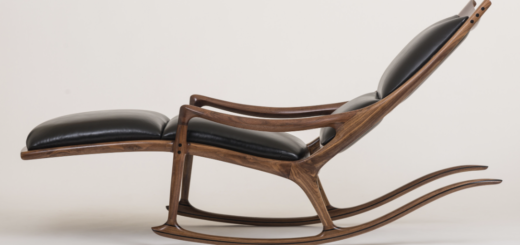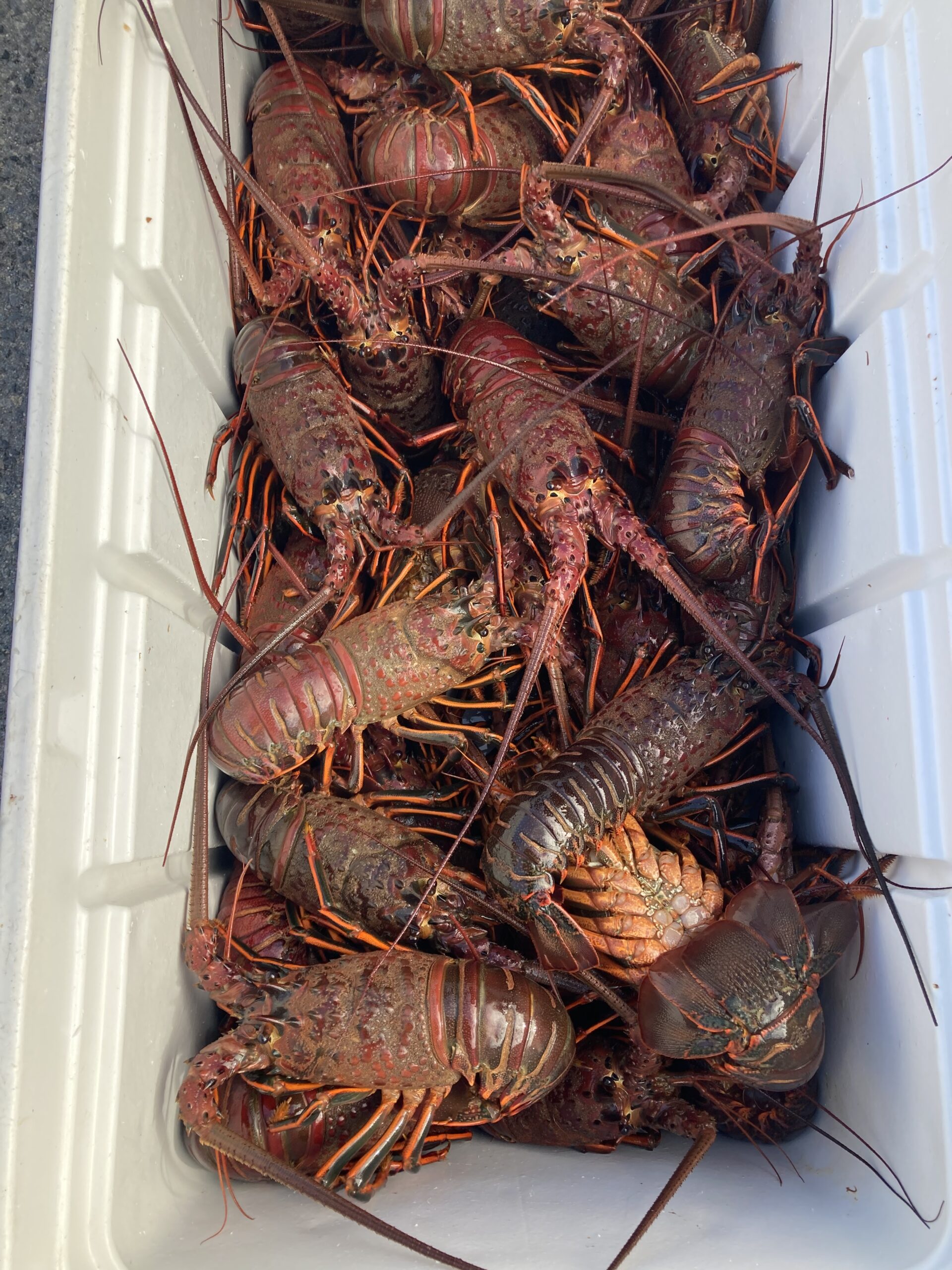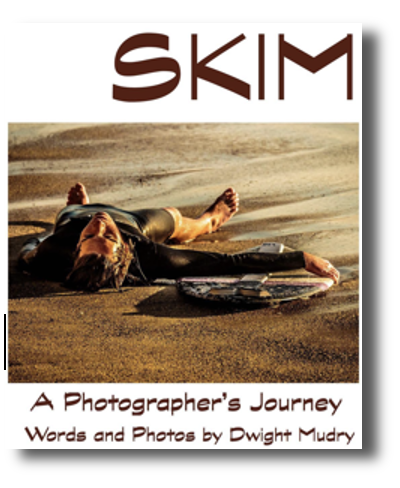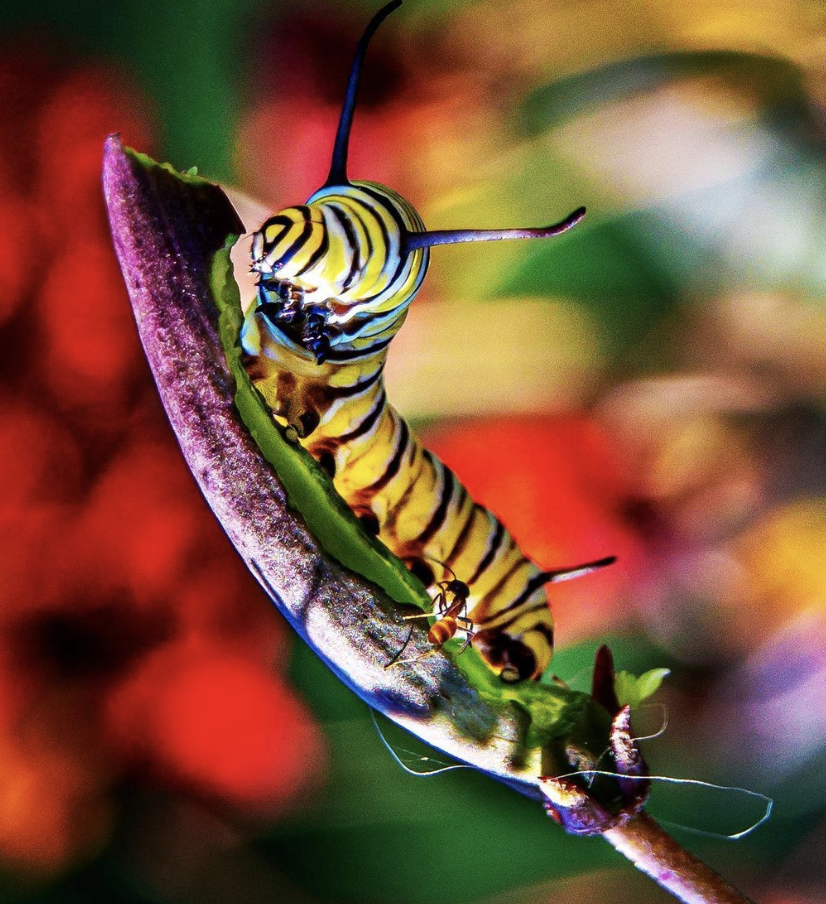Anza Borrego Super Bloom
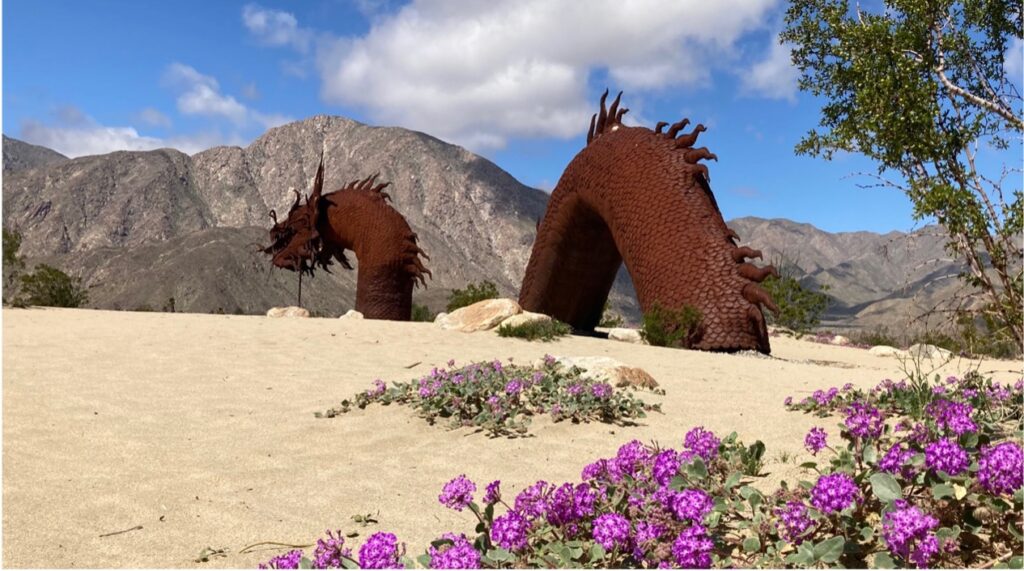
Introduction
Every spring with above average rainfall has the potential for an extraordinary bloom of desert flowers in Southern California. Each year, rain, sun, wind, and temperature combine to make nature’s display of spring flowers. Some years, the combination makes for a spectacular show, a “super bloom”, while other years yield scarcely a blossom. The winter of 2022–2023 brought a drought-ending deluge of rain and snow in California and the prospect of a super bloom was frequently in the news during February and March. For us, everything came together for a visit to the wildflowers of the Anza Borrego desert the first week of April and we planned a three-day two-night trip. Before our trip we got a Park Brochure so we could better plan our trip.

Our Route
We decided to combine our desert trip with a two-night stay in Julian California, which is not too far from the desert wildflower areas of Anza Borrego. Our route of about 100 miles to Julian took us along the coast on I-5 to Carlsbad and then inland on State Highway 76 to Julian.

Julian
Julian is located in the beautiful Cuyamaca mountains and had its beginnings in the 1870’s gold rush. Visiting Julian will get you away from the hectic rush of city life as you encounter stores, restaurants, and hotels with historic buildings dating back to the 1870’s, with Julian’s famous apple pies available almost everywhere

The discovery of gold in late 1860s brought gold-rush fame to these mountains and settlers to the newly created town of Julian. However, the gold rush was short-lived and during the 1880s most of the mines closed. Gold was the original lure, but many people loved the beauty of the mountain scenery and decided to stay and become farmers who took advantage of the town’s cold-winter climate to grow prize-winning apples. Eventually the apples became the Julian Gold that residents and visitors. In the fall, the apple industry draws thousands of visitors who stroll through the orchards and pick their own fruit, sip locally pressed apple cider, and pick up a few Julian apple pies.
Our Hotel

We stayed at the Julia Gold Rush Hotel. The gold rush era can be re-lived at the Julian Hotel, an 1890’s nationally registered historic landmark located in the old California mining town of Julian. This freshly renovated landmark Hotel represents the Gold Rush spirit with historic ambience and modern-day amenities. The Julian Hotel lies in the heart of the town’s historic district and has the distinction of being the oldest continuously operating hotel in Southern California. Known as the Queen of the Back Country, it’s a 1890’s nationally registered historic landmark. The Julian Hotel lies in the heart of the town’s historic district and has the distinction of being the oldest continuously operating hotel in Southern California.
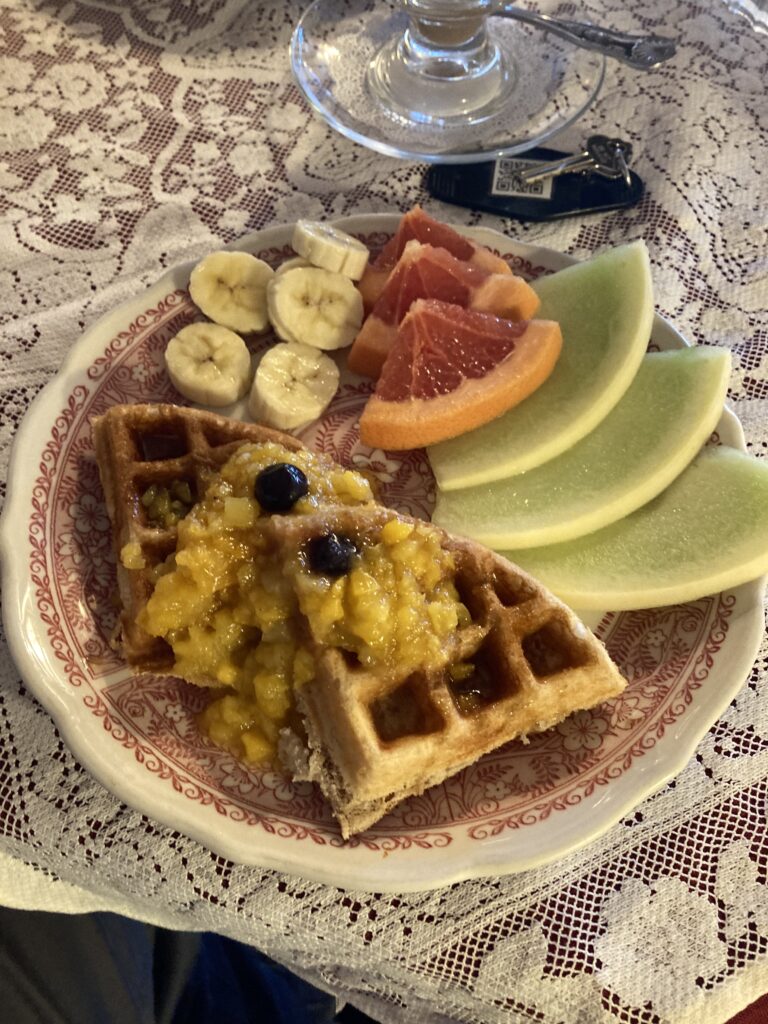
To everyday tourists, it’s a charming bed and breakfast. But a bronze plaque in front of the hotel brings to light its history: “Hotel Robinson. 1897. Built for Albert Robinson, ex-Missouri slave, and wife Margaret on the site of their restaurant-bakery.” It was once known as Hotel Robinson, and it’s the sole surviving Julian mining-era hotel. Albert Robinson died in 1915. He is buried in the town cemetery. And in 2006, recognizing his contribution to Julian, the town erected a new tombstone for him and other Black pioneers. Margaret Robinson ran the hotel by herself until 1921 when she sold it for $1,500 — which was a substantial amount at the time, Malone said. The hotel was then renamed the Julian Gold Rush Hotel — a name it still bears today.
The Julia Gold Rush Hotel staff were pleasant and efficient, and the rooms come with a wonderful breakfast. The rooms themselves were decorated in early 1900’s style but were very small by modern standards.
Borrego Springs & Anza Borrego Desert State Park
After staying our first night in Julian, we drove in the morning to Borrego Springs. Borrego Springs is a small community that is surrounded by Anza Borrego Desert State Park. The drive from Julian to Borrego Springs is only 33 miles but it takes almost an hour because of the winding road over and through mountain passes leading down to the desert Anza Borrego Desert floor.
Approaching Borrego Springs, we began to see the first examples of unique metal sculptures along the roadside that, for some, are a main reason for their visit to Borrego Springs. The metal sculptures are supersized prehistoric and fantastical beasts that both line area roads and are sometimes seemingly dropped randomly in the middle of nowhere, far from any road or foot traffic. The meticulously crafted metal creatures, rust-colored and featuring such details as curling eyelashes and “fur” of shaved iron, are the work of metal sculptor Ricardo Breceda. We stopped several times to examine and take photographs of the sculptures.

Borrego Springs is an unpretentious town that is right in the middle of Anza-Borrego Desert State Park. It’s the only California town that is surrounded by a state park. The downtown area has a few ice cream shops, restaurants, and lodgings, but the local art scene with the metal sculptures being most prevalent. A map with the GPS locations of all the sculptures is available at the Anza-Borrego Desert Natural History Association desert store. Then there are galleries with more works by local artists.

The Super Bloom
The Visitor’s Center for the Anza-Borrego Desert State Park is located not far from the center of Borrego Springs. The peak of the flower bloom in Anza-Borrego is often less than two weeks in duration. So it’s best to stop at the Park Visitor Center to get the latest information on where are the flowers are at their best and how they can be accessed. The bloom changes almost daily and the Park Ranger mapped out several locations with paved road access for us to visit. The Visitor Center has some very informative exhibits, plus an award-winning 15-minute film, “A Year in the Desert”.

The first site was the entrance to Coyote Canyon at the end of DiGiorgio Road where the pavement ends, and a sandy path continues north. The flowers were best for the first mile past the end of pavement. As flower seasons come and go each bloom has its “star performer”, the flower that dominates the bloom and spreads its color across the desert floor. This is a purple year so far, with desert sand verbena the star of the bloom so far in 2023. The entrance to Coyote Canyon is beautiful right now with wide swaths of verbena and it seems to be still spreading out and covering more areas.
The second location was Henderson Canyon Road which was even more beautiful because it had a bloom of both yellow and purple flowers.
Jeep Tour

We knew that we wouldn’t be going off road in our Tesla, so we had made reservations with California Overland to take a 2 ½ hour jeep tour into the badlands of the park. We wanted to get off the paved roads to experience the desert in its most primal state. Anza-Borrego Desert State Park is an intriguing place to view from the road, but it becomes magical when you leave the asphalt. You are no longer just “looking at it” you are “experiencing it”.
The Jeep tour took us to several beautiful and interesting spots:

Clark Valley. Clark Valley is slowly sinking as the mountains around it rise and it has become a closed drainage area where water gathers after it rains. A white patch at the bottom of the valley is Clark Dry Lake, a “playa” or temporary lake. A hundred thousand years ago there was a permanent lake here. Now the lake only forms for a few days after heavy rain. Tadpole shrimp, freshwater clams and other tiny creatures come to life during those periods.
Desert Arroyos. During the late summer you may experience an afternoon thunderstorm. During this “summer monsoon” season, intense rains create flash floods as water gathers in temporary stream beds or “washes”, also called “arroyos”. We walked into a short but spectacular “slot” canyon.

Borrego Badlands Overlook. In 1954, this overlook was the epicenter of the 6.2 magnitude Santa Rosa Mountains earthquake. Big quakes are common along the San Jacinto fault zone. The overlook gave us a view of the Palo Verde Wash and eastern Borrego Badlands. The badlands are reddish mud hills, composed of fine grain sands, that are evidence of the Colorado River which flowed here a million years ago.
EV Trip Review
Near Julian and Borrego Springs, there is only one supercharger and that is at Santa Ysabel, about 7 miles west of Julian, located at the intersection of CA-78 and CA-79. Santa Ysabel has a store, a pie shop, and a restaurant so it is a convenient stopping place for visitors and residents. Coming into Julian we stopped for about 20 minutes and topped off the battery ($10.35), and when we left on our way home, we stopped again for about 15 minutes to add about 50 miles ($2.35) to our battery range.
Our round trip was 278 mi, we used 76 kWh for about 3.65 mi/kWh.
Please Contact Us and let us know if there is a destination that you think we should visit and we’ll try to make plans.


